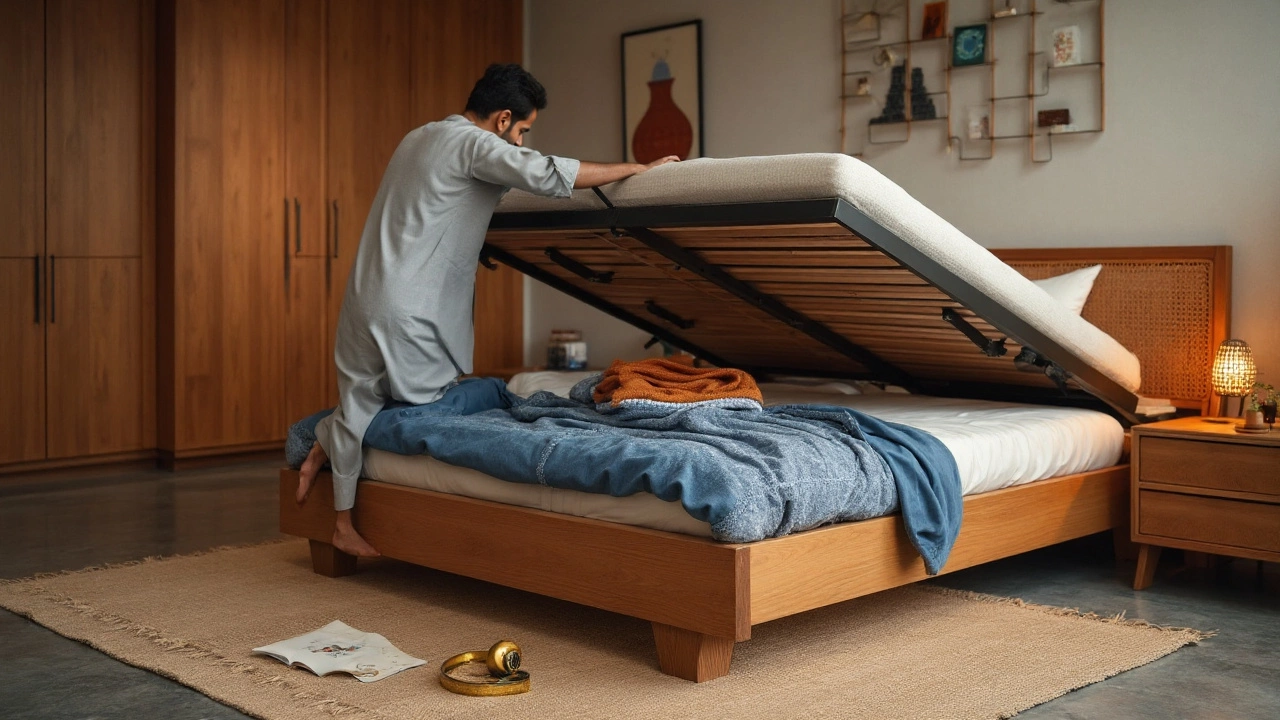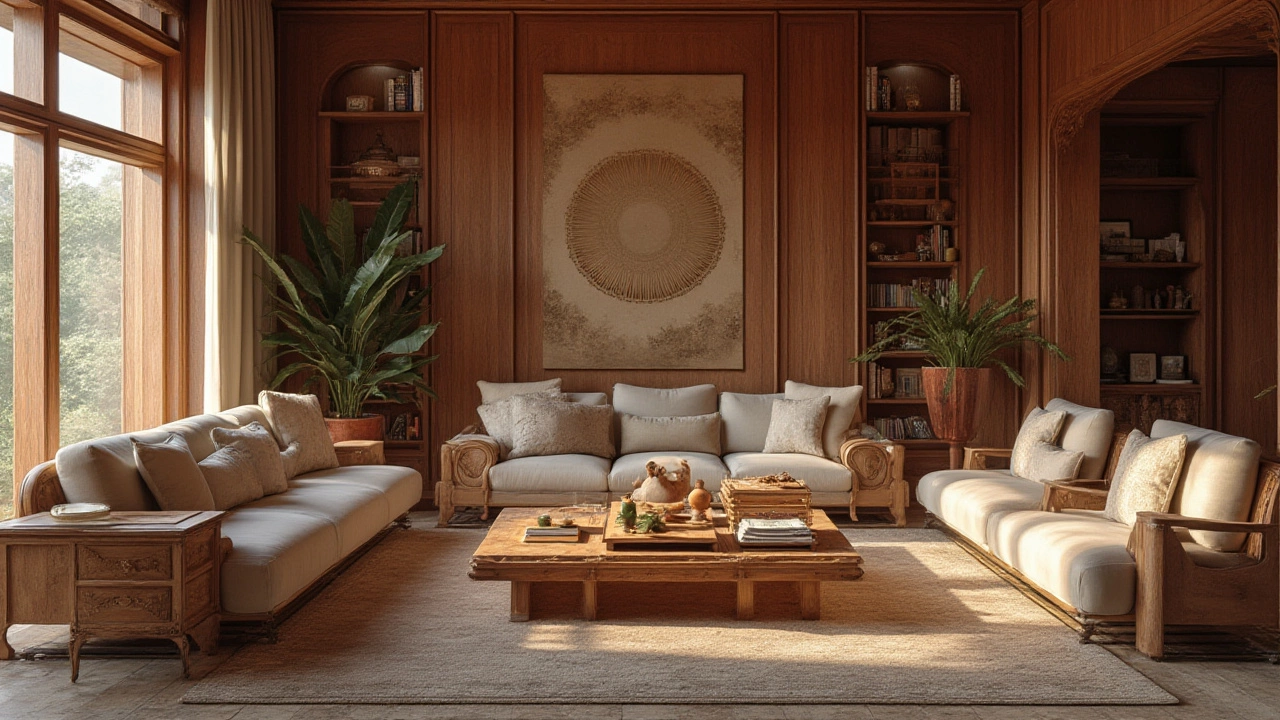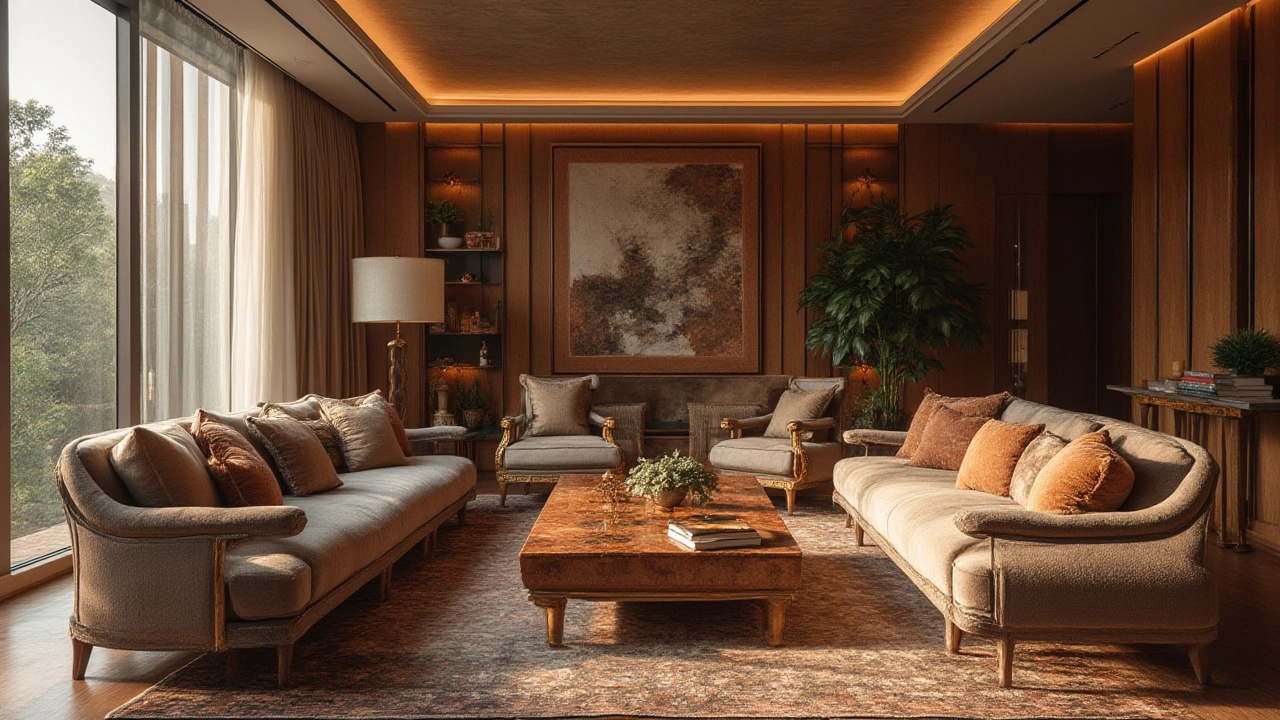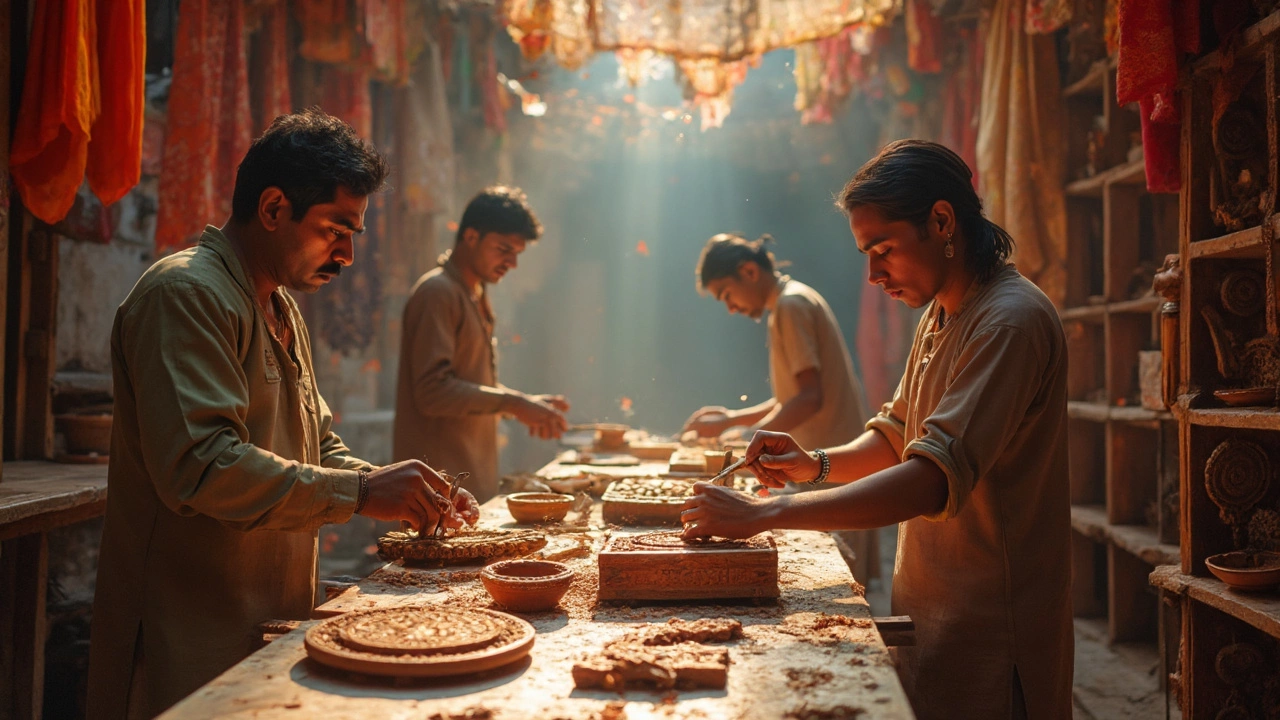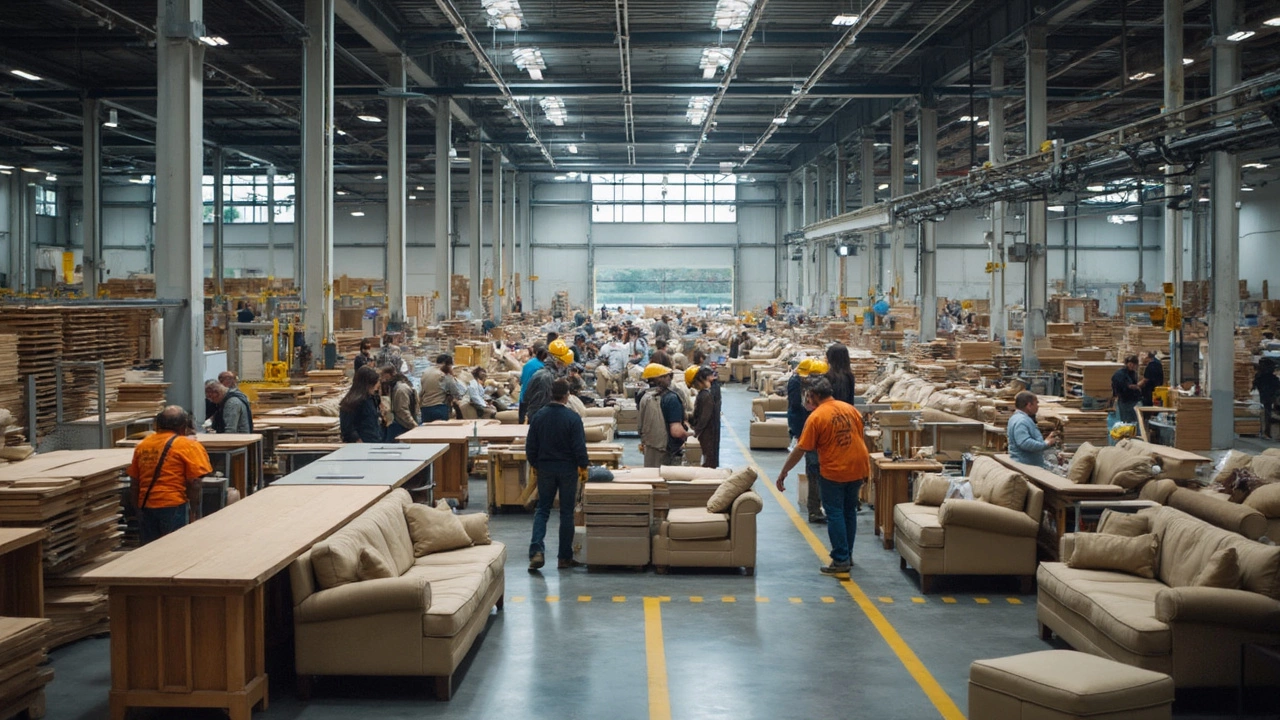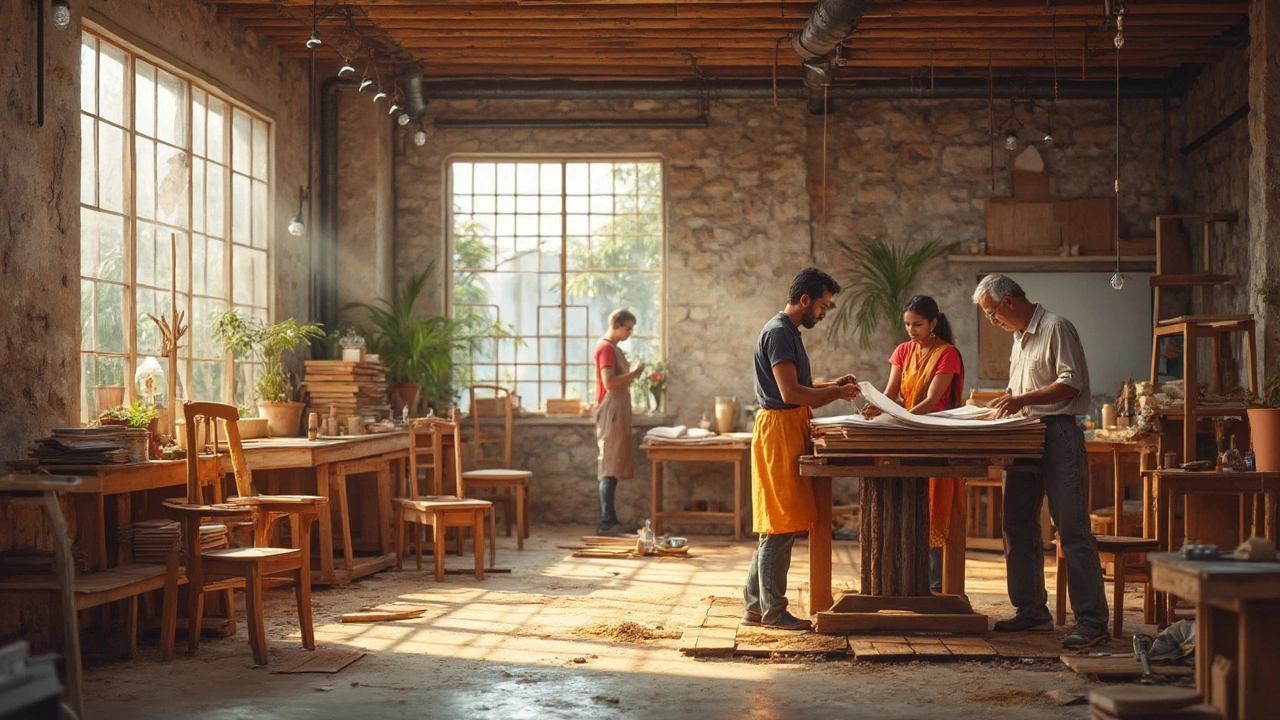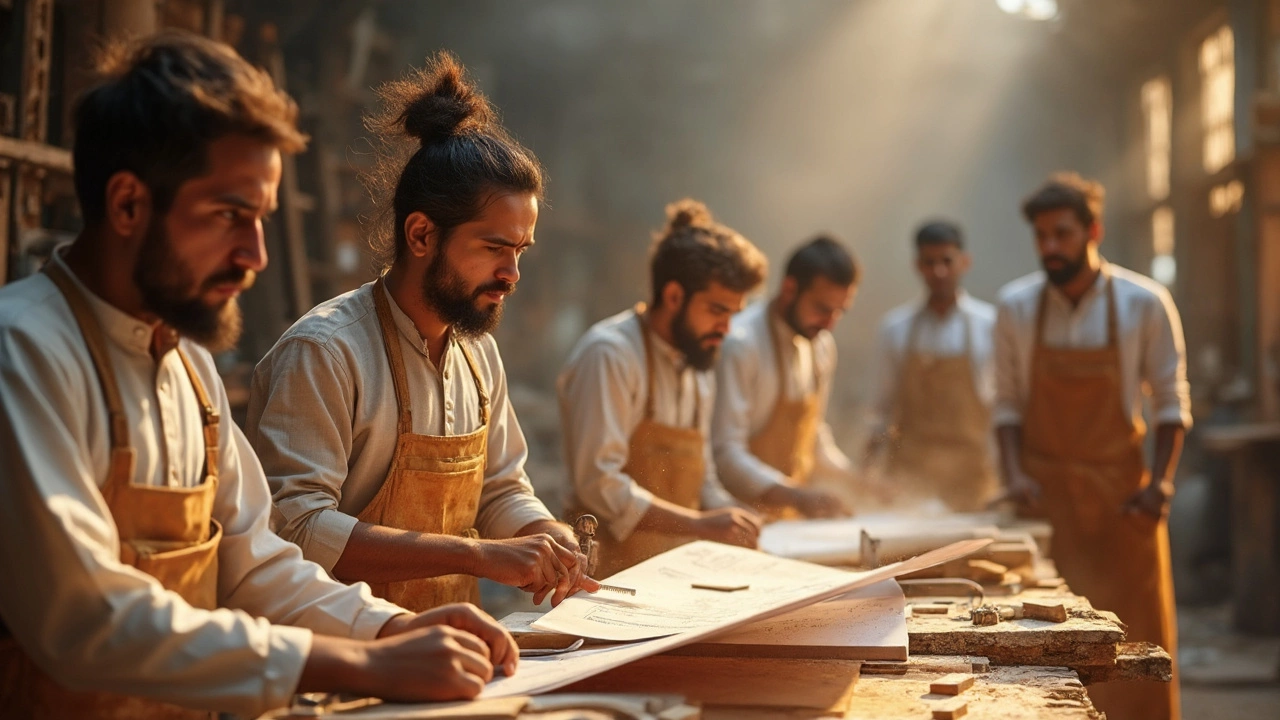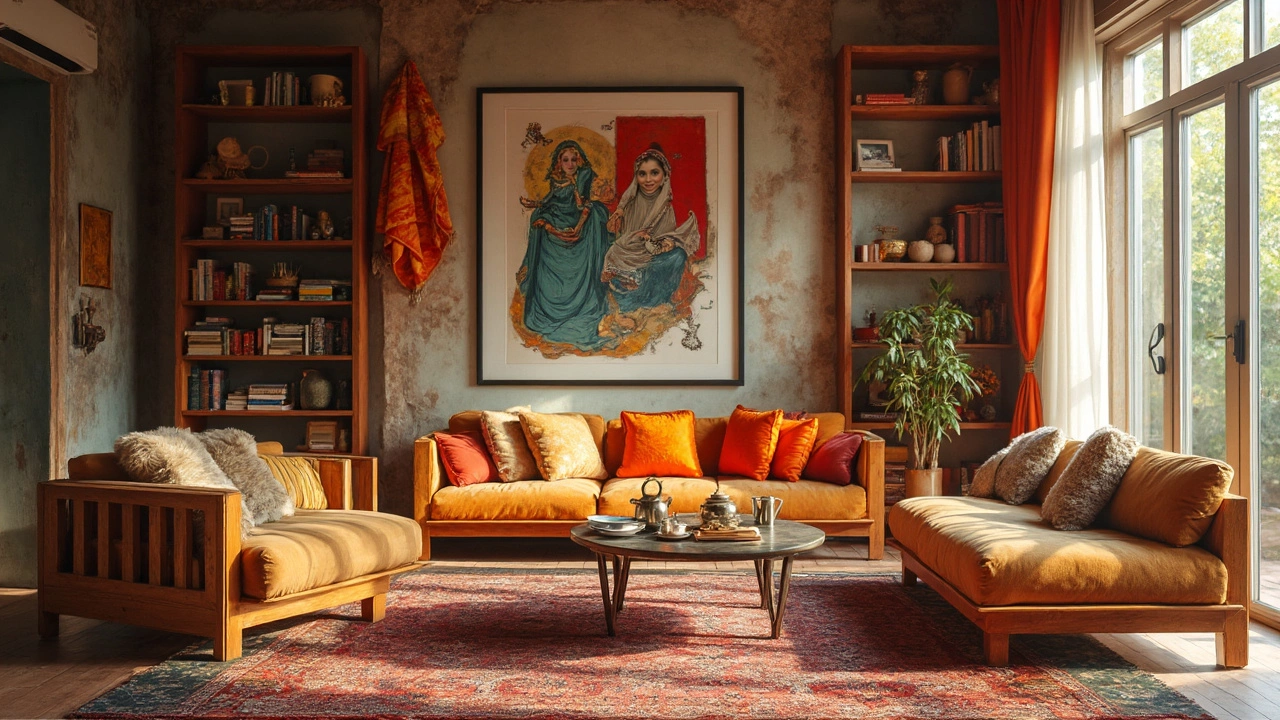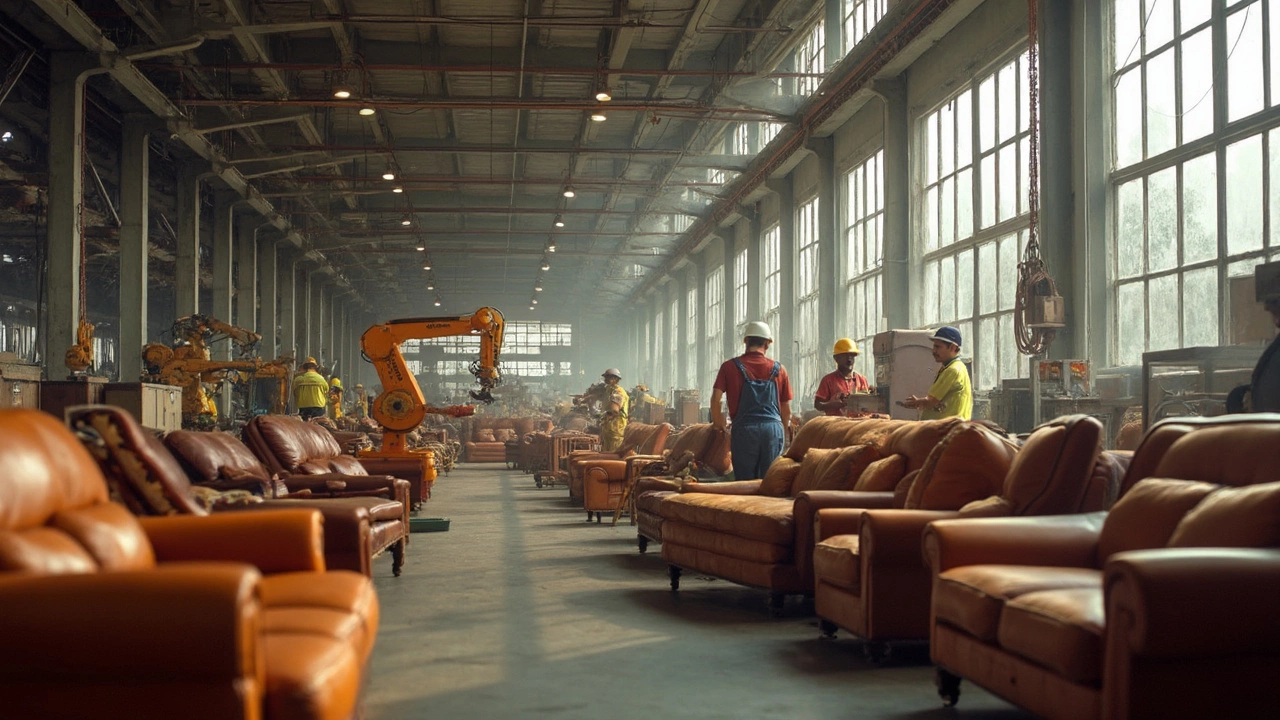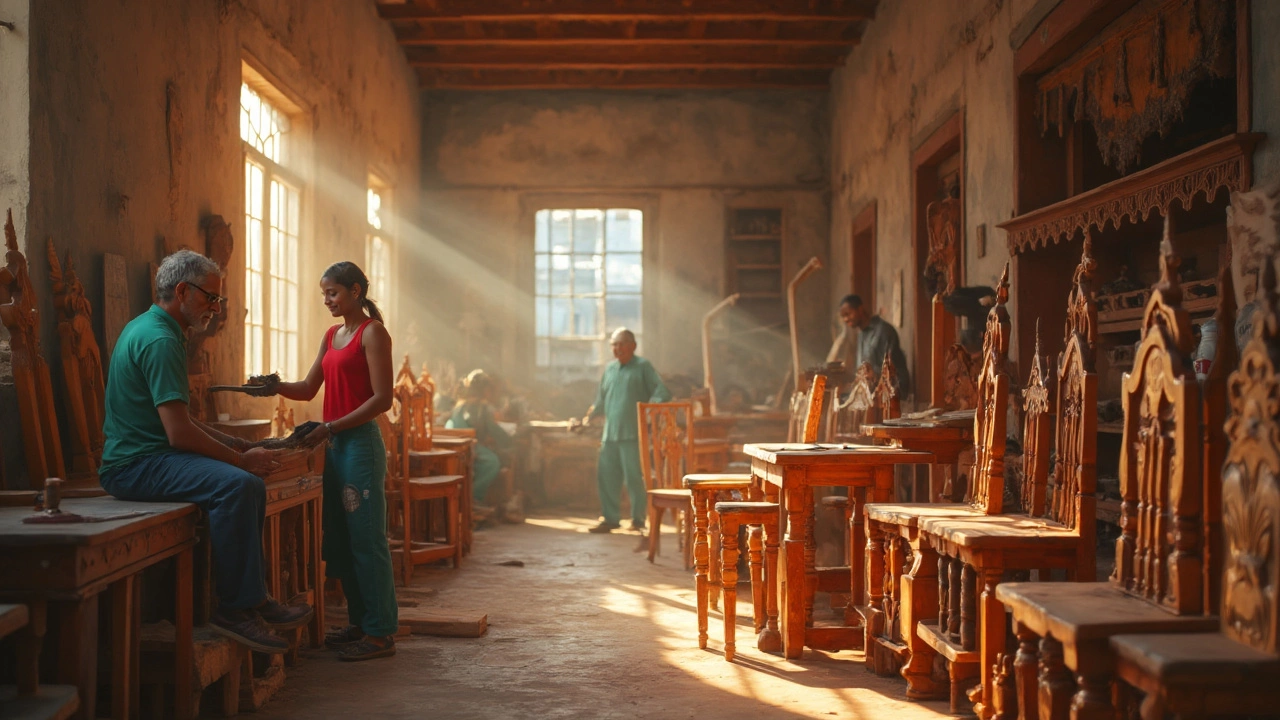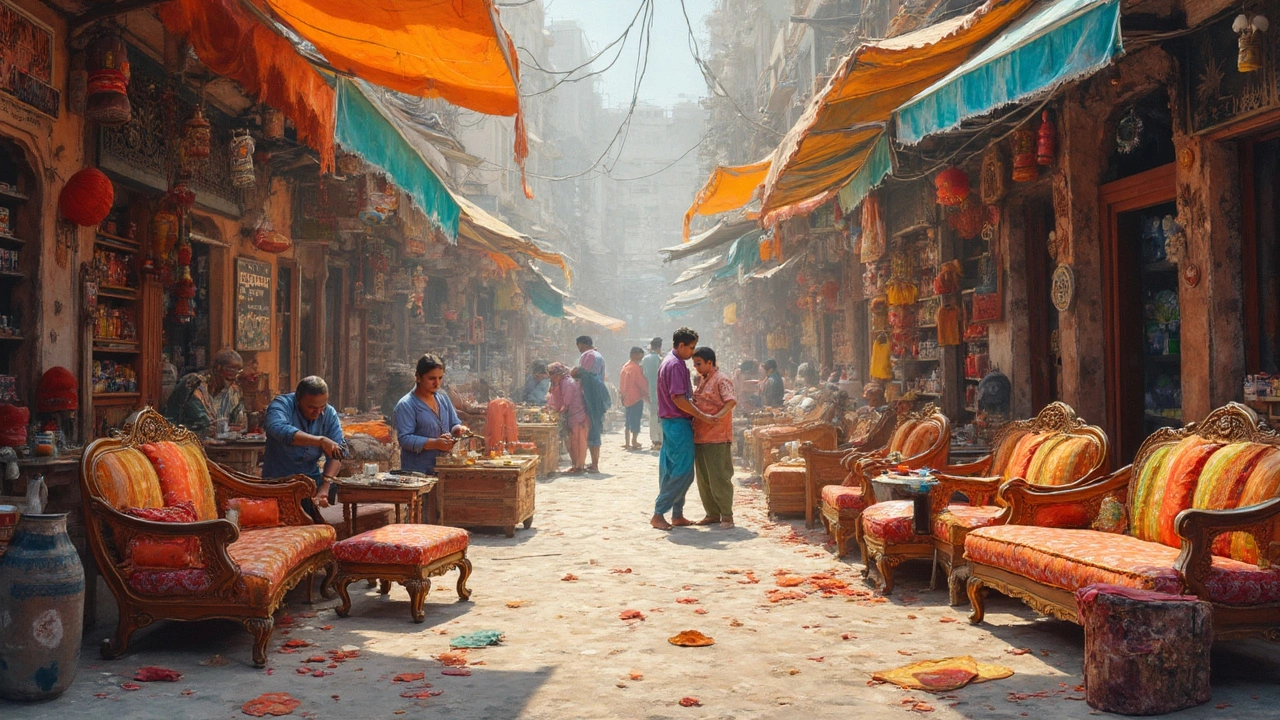Furniture Manufacturing: Trends, Costs, and Opportunities in India
When talking about Furniture Manufacturing, the process of turning raw materials into ready‑to‑use pieces for homes, offices, and public spaces. Also known as furnishing production, it blends design, engineering, and supply‑chain planning to meet consumer demand. In India, this sector has become a hotbed for growth thanks to rising incomes, urban living, and an appetite for both affordable and premium pieces. Below you’ll find a quick look at why the industry matters, what drives it, and where the biggest chances lie.
One of the most visible sub‑segments is High‑End Furniture, luxury‑grade pieces that emphasize craftsmanship, premium materials, and brand heritage. Brands in this space push the envelope on design and often set trends that trickle down to mainstream lines. Another key player is Sustainable Furniture, products made from renewable resources, recycled components, or low‑impact manufacturing methods. Sustainability is not just a buzzword; it directly influences material sourcing decisions, energy use, and waste management in factories. Then there’s the Furniture Business Cost, the full spectrum of expenses a maker faces, from raw material purchase to labor, tooling, and logistics. Understanding these cost drivers helps new entrants price competitively while keeping margins healthy. Finally, Furniture Materials, the choice between solid wood, engineered boards, metal, plastic, or hybrid composites that affect durability, aesthetics, and price shape every product line. Together, these entities form a tightly knit ecosystem where each influences the others.
Why the Indian Landscape Matters
India’s manufacturing base offers a unique blend of traditional craftsmanship and modern automation. This combination lets makers produce Furniture manufacturing outputs that range from hand‑carved teak tables to mass‑produced modular office desks. The country’s abundant timber resources, especially in the south, feed the demand for solid wood, while emerging tech hubs in places like Bengaluru introduce digital design tools that speed up prototyping. Moreover, government initiatives such as the Production‑Linked Incentive (PLI) scheme aim to boost export capacity, positioning Indian factories as serious contenders on the global stage. When you stack higher labor availability, lower production costs, and growing domestic consumption, the result is a fertile ground for both startups and established players.
What does this mean for you as a reader? Below you’ll find articles that break down the most sought‑after furniture types for 2025, deep dives into luxury brand strategies, cost‑analysis guides for launching a workshop, and examinations of how sustainability reshapes material choices. Whether you’re scouting suppliers, planning a new product line, or just curious about where the next sofa trend is headed, the collection offers practical takeaways backed by real‑world data. Let’s explore the details and see how each piece of the puzzle fits together.
